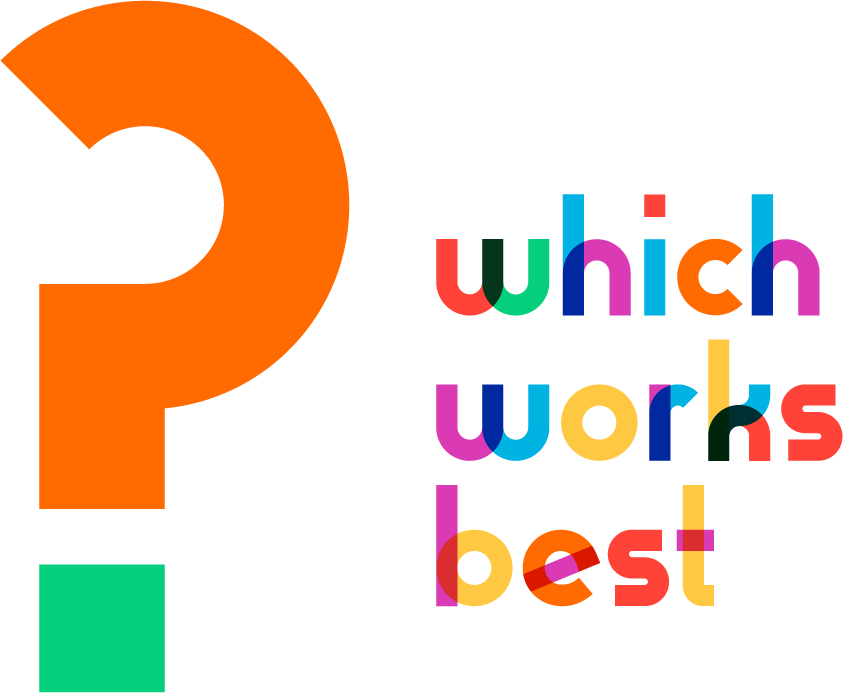Medicine beyond the clinic: wearables + genomics + networked patients + AI
Pulling together everything that’s above, we can predict the location and shape — if not the exact form — of what what’s ahead in the next 20 years.
Obviously, large chunks of the industry of medicine will remain intact. Health care specialists and institutions focused on obstetrics, orthopedics, and trauma will stay strong. Some specialties will morph, adopting these tools and remaining as gatekeepers in the dispensation of health advice and molecules.
But with healthcare today making up 18% of US GDP, it’s hard to imagine how we can spend more. (Though is worth noting that a journalist — one Michael Crichton — made the same observation in 1970 in The Atlantic… when healthcare constituted 6.2% of GDP.)
As with all disruptive innovation, change will occur at the edges, where consumers will access cheaper, weaker products/services to meet needs that are currently unmet (and often unimagined) by the behemoth.
The fault line running between the old and new paradigms can sketched using these rough dyads:
- Data sourcing: recruited by doctors, researchers, funded by grants from NIH, PHARMA >> recruited via OpenHumans, Patientslikeme, Reddit, Kickstarter, GoFundMe, Clusterbusters, Crohns.org, eHealthme, 23andme
- Diagnostics generated by: professional training/touch/intuition/book-size rubrics >> big data/AI
- Market structure: institutional/industry/b2b >> direct-to-consumer, peer-to-peer
- Customer buckets: sorting into group/cohort/segment >> unique-to-individual diagnostics (noninfectious)
- Technology: clinic, hospital, lab >> consumer-owned-sensors
- Data timing: crisis-triggered >> real-time/365 data collection
- Jurisdictions: constrained by local laws >> unregulated or transnational legal rules or jurisdiction shopping
- Dosing: one-size-fits all based on drug trials with 100s of participants >> dosing based on analysis of outcomes for millions of users differentiated by age, sex, race and other conditions
- Data quality: corrupted by multivariate confounding >> multivariates teased apart
- Data tabs: Limited to broad demographics >> analysis factoring in variables like personal genetics and environmental inputs (sun, exercise, food)
- Discovery of polypharma: small, trial and error investigation, ad hoc awareness of polypharma (pros or cons) >> massive, objective datasets mined for multivariate drug-drug interactions and health outcomes
- Tracking of iatrogenic harm: maker/prescriber-biased reports of >> analysis of outcomes for millions of users plus crowd sourced
- Mediators: GPs and specialists >> nurses and PAs
- Data access: ad hoc, via doctor or library searches >> subscription-based or Google sourced
- Timeline: decades >> years
In theory, there are dozens of business ideas sprouting along the fault line between each of those dyads. We’ll see.
A final thought: China seems an obvious candidate to lap the US on healthcare. Mandatory, population-wide social behavior “grading” is already in place. Healthcare is, notionally, universal. And phone producers like Huawei are aligned, if not in bed, with the government.
INDEX
Prologue: Two times Fitbit didn’t save my life; my six month journey on the borderlands of my own health data.
Part 1: My night continues downhill. Fitbit’s muteness gets louder.
Part 2: 23andme detects no clotting genes; demand for genetic expertise outpaces supply; DNA surprises about my personality and eating habits.
Part 3: A cartoon of the future of the medical industry.
Part 4: Five categories of predictable exponential tech change: devices, granularity, volume, utilization, software.
Part 5: Two categories of unpredictable change: the demands of individuals and their communities.
Part 6: Medicine, already trailing state-of-the-art techniques and technology by 17 years, gets lapped.
Part 7: Like fax machines, newspapers and encyclopedias, is medicine another information processing machine on the verge of being disintermediated by mutating consumer demands and tech innovation?
Part 8: Ten possible frontiers of consumer-led healthcare change.



